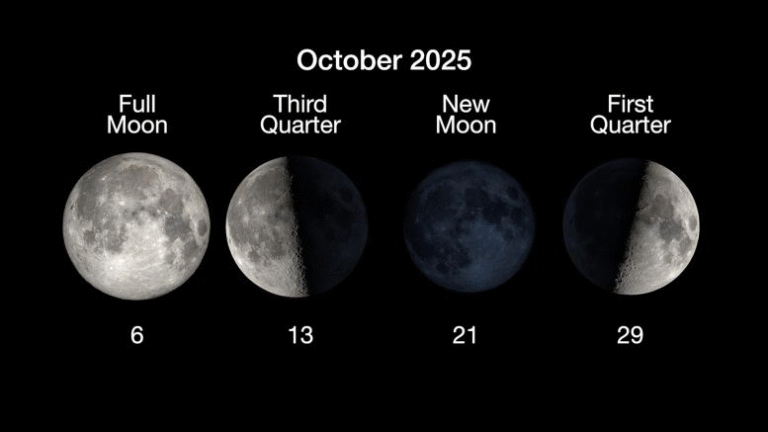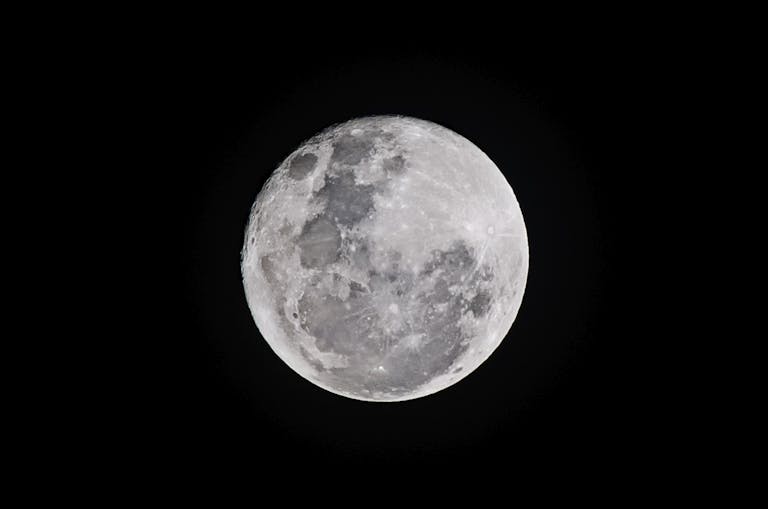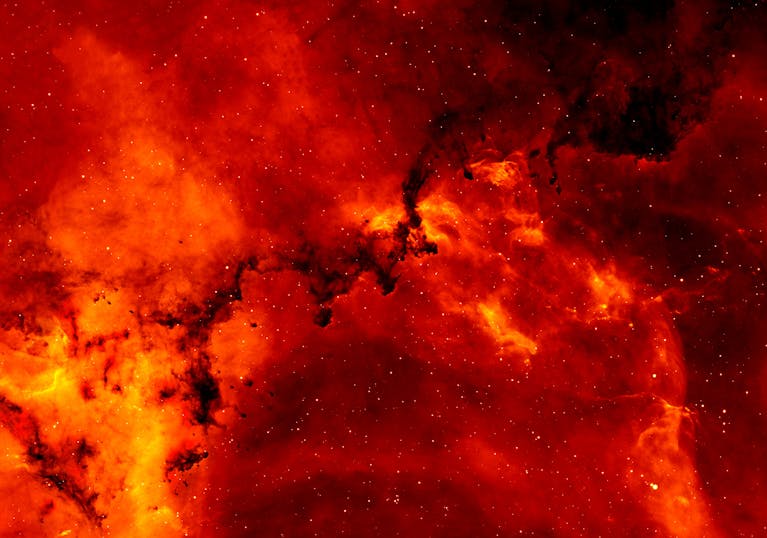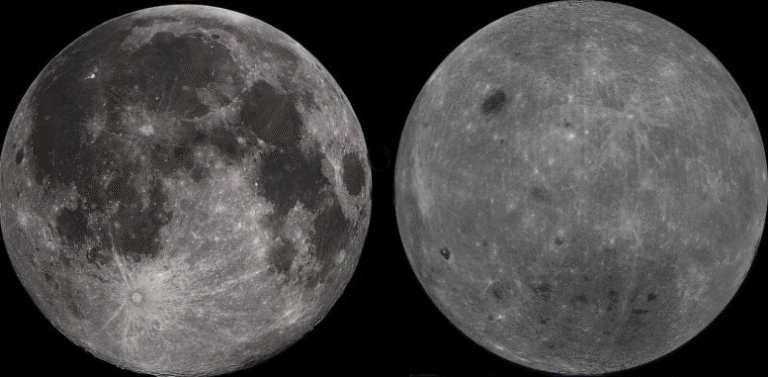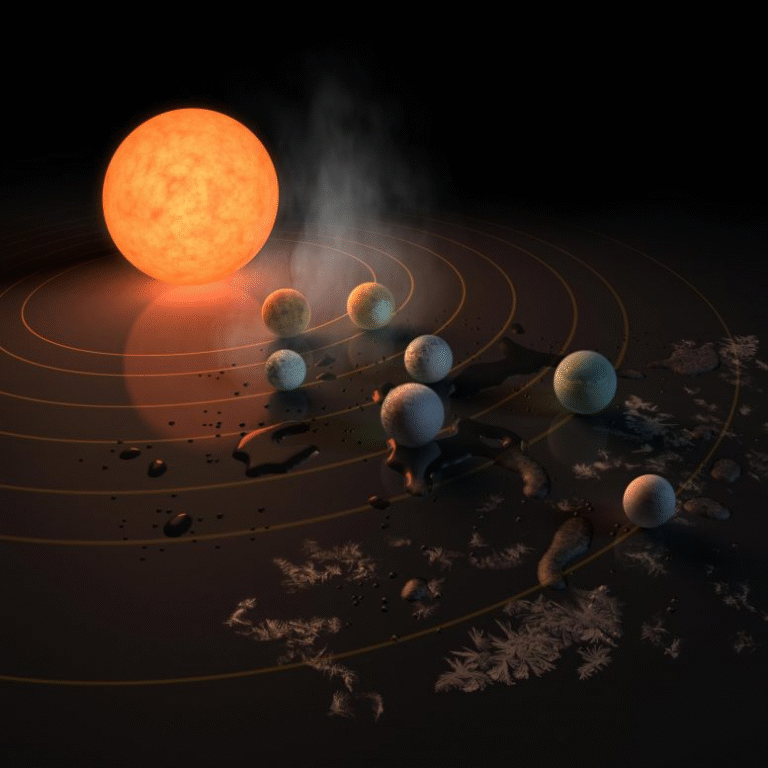How a Radio Astronomy Trick Could Help Us Find Earth-Like Planets

Astronomers have borrowed a clever idea from radio astronomy that could revolutionize how we detect distant Earth-like planets — and they’re doing it using data that already exists.
A new study by Chelsea Adelman and colleagues introduces a method called Kernel Phase Interferometry (KPI), showing how this computational technique can push the limits of what telescopes like the James Webb Space Telescope (JWST) can reveal. The work was recently posted on arXiv and demonstrates the method’s power using real observations from JWST’s Mid-Infrared Instrument (MIRI).
Let’s dive into what makes this technique special, why it’s exciting for planet hunters, and how it might change the way we analyze telescope data.
The Challenge of Seeing Distant Worlds
Spotting planets around other stars is tough. Stars are billions of times brighter than their orbiting planets, and the planets are usually separated by only tiny angular distances from their host stars when seen from Earth. Even the most advanced telescopes struggle to directly image these small, faint companions.
In radio astronomy, scientists faced a similar problem decades ago — not with brightness, but with resolution. The wavelengths of radio light are huge compared to visible light. To capture a sharp image at those wavelengths, you’d need a single radio dish tens of kilometers wide, which is obviously impossible to build.
So radio astronomers came up with a workaround. They used interferometry — a technique where multiple smaller antennas work together, collecting signals that are combined later using precise timing data. This allows astronomers to simulate a giant telescope that’s as large as the distance between the antennas.
This approach is used in legendary radio observatories like the Very Large Array (VLA) in New Mexico and the Event Horizon Telescope (EHT), which famously imaged a black hole.
Optical astronomers, on the other hand, haven’t needed to rely on interferometry — at least not until now.
How Optical Telescopes Usually Work
Visible light has much shorter wavelengths than radio light — on the order of hundreds of nanometers, compared to millimeters or meters for radio waves. That means even a relatively small telescope mirror can capture highly detailed images.
For example, the Hubble Space Telescope has a mirror only 2.4 meters wide, yet it delivers breathtakingly sharp images. But telescopes have a physical limit to how large their mirrors can be. The bigger the mirror, the sharper the image — but size is constrained by engineering, cost, and launch vehicle limits.
To overcome those limits, modern telescopes like the JWST use segmented mirrors instead of one giant piece. JWST’s golden mirror is made of 18 hexagonal segments, folded up for launch and then unfolded in space. These segments can be aligned to act as one giant mirror, improving resolution.
Normally, astronomers simply combine the light from all those mirror segments to make one clean image. But what if we took those segments and treated them as if they were antennas in an interferometer — just like in radio astronomy?
That’s where Kernel Phase Interferometry comes in.
Kernel Phase Interferometry: The New Trick
The study by Adelman and her team introduces Kernel Phase Interferometry (KPI) as a new way to extract information from telescope images. It’s not the same as traditional interferometry that uses multiple telescopes or antennas — it’s done entirely in software.
Here’s how it works:
- Start with a single image from a telescope like JWST.
- Treat the telescope’s mirror (or pupil) as an array of smaller sub-apertures — similar to how radio astronomers use an array of antennas.
- Apply Fourier transformations to simulate how light from different parts of the mirror interferes.
- Measure “kernel phases” — special combinations of phase information that are robust against small distortions or imperfections in the image.
In essence, you create a virtual interferometer out of a single telescope. This allows astronomers to probe finer details in the image — even beyond the classical diffraction limit — revealing faint objects close to bright ones.
It’s a mathematical technique, not a new instrument, which means it can be applied to existing data without needing to build new telescopes or instruments. That’s one of its biggest strengths.
Testing KPI on JWST’s Mid-Infrared Data
To demonstrate KPI in action, Adelman and her collaborators used data from JWST’s Mid-Infrared Instrument (MIRI). They applied the technique to observations from the MIRI Exoplanets Orbiting White Dwarfs (MEOW) survey — a program studying 17 white dwarf stars.
Using KPI, the researchers analyzed 16 of these targets and produced what are known as contrast curves. These curves show how faint a companion object (like a planet or brown dwarf) can be detected at different distances from its host star.
The results were impressive. KPI allowed them to achieve significantly better contrast at very small angular separations — meaning they could see fainter companions that lie closer to their stars.
Even more exciting, they successfully recovered four known companions — white dwarf and brown dwarf systems — using this method. This confirms that KPI isn’t just theoretical; it works on real data.
Why This Matters for Planet Searches
This technique could become a game-changer for direct exoplanet imaging. Detecting planets close to their stars has always been one of the hardest problems in astronomy. KPI improves sensitivity in precisely that regime — the small separations where Earth-like planets would be found.
For now, the study focused on post–main-sequence stars — stars that have evolved beyond their Sun-like phase into white dwarfs. Detecting planets around such stars is valuable because it helps scientists understand how planetary systems survive stellar evolution.
Planets that orbit white dwarfs might be survivors of dramatic stellar transformations, or they may have formed from leftover material after the star’s death. KPI makes it possible to study these exotic systems in detail.
What’s Next for Kernel Phase Interferometry
Because KPI is a software technique, astronomers can use it to reanalyze data that’s already been collected by telescopes like JWST — essentially squeezing new science out of old observations.
The researchers emphasize that this isn’t just a one-off demonstration. KPI can be used in future planet searches, particularly for cool, faint companions in the mid-infrared wavelengths where JWST’s MIRI excels.
It also opens the door to applying KPI to ground-based telescopes equipped with adaptive optics — potentially improving the performance of observatories like the Very Large Telescope (VLT) or the upcoming Extremely Large Telescope (ELT).
There are still challenges, of course. KPI depends on extremely stable images, accurate models of the telescope’s optical system, and precise calibration. The method isn’t magic — it doesn’t remove all noise or artifacts. But the study shows that, under the right conditions, KPI can outperform standard image processing techniques.
A Broader View: Why Techniques Like KPI Matter
Over the past two decades, the hunt for exoplanets has exploded. Most exoplanets have been found using indirect methods — like the transit method (watching a planet block starlight) or the radial velocity method (seeing a star wobble due to a planet’s gravity).
Direct imaging, where astronomers actually see the planet’s light, is much rarer because of the huge contrast between star and planet. However, direct imaging is the only method that lets scientists study the planet’s atmosphere and directly measure its temperature, composition, and weather.
Techniques like KPI, which extract more detail from existing images, could become critical in identifying planets that are currently just below our detection threshold.
In the long run, these methods could help in the search for true Earth analogs — planets with similar sizes and orbits to Earth — around Sun-like stars. We’re not quite there yet, but KPI is a step toward that future.
The Bottom Line
Kernel Phase Interferometry shows that clever data analysis can sometimes be as powerful as building new hardware. By treating telescopes like virtual interferometers, astronomers can resolve finer details and detect fainter objects than ever before — even from images we’ve already captured.
This first demonstration on JWST’s MIRI data proves that KPI isn’t just an abstract mathematical idea — it’s a practical, working tool that can push the boundaries of planetary detection.
From here, astronomers hope to refine the technique, apply it to other instruments, and perhaps even reveal hidden worlds orbiting stars that have long since died.
